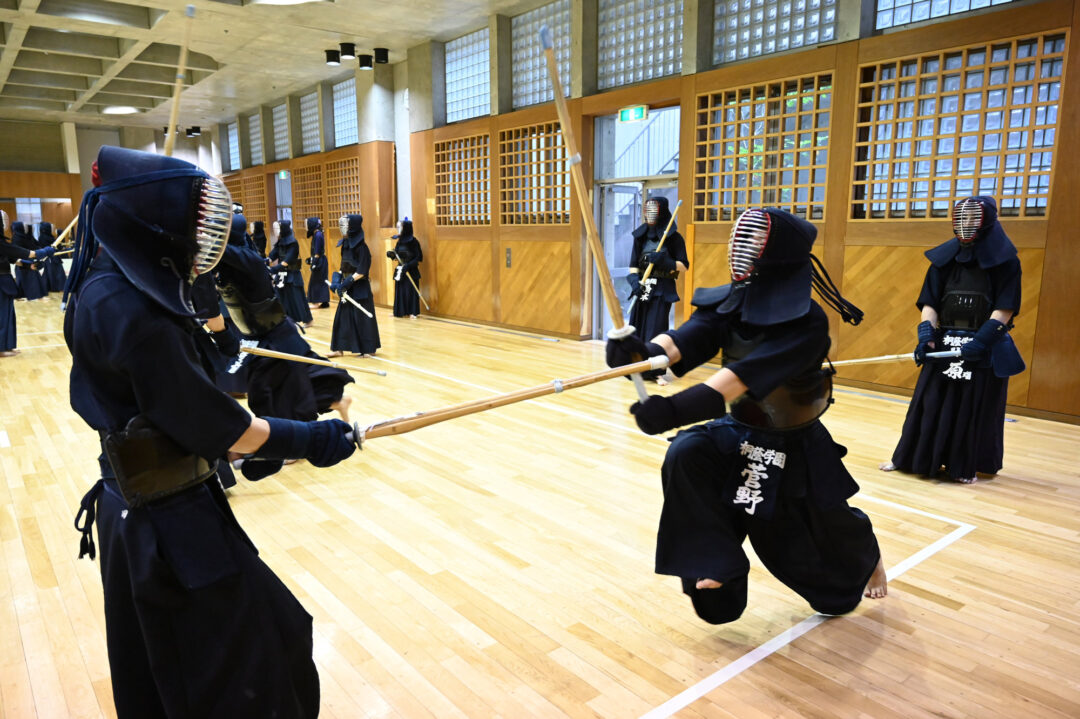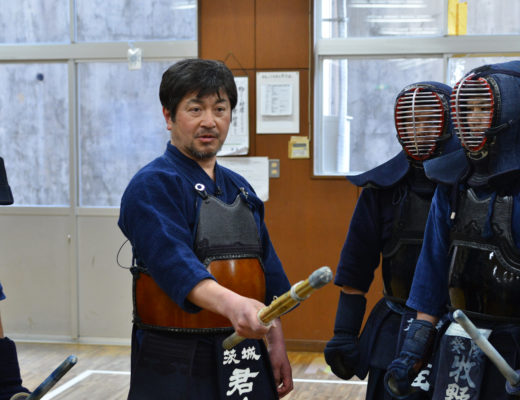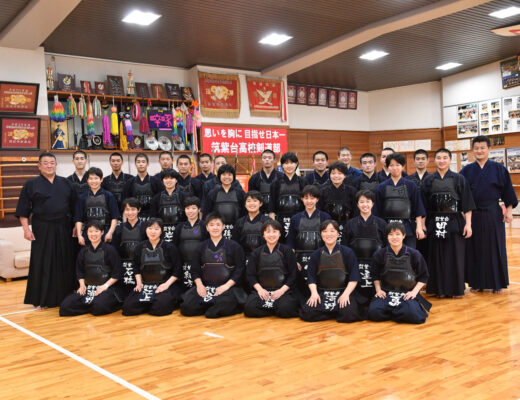Last year (2020), the dream stage for high school students, the All Japan Invitational High School Kendo Championship, was canceled due to COVID-19. This year (2021), the tournament was held under thorough infection prevention measures, and it had been a while since the title for the best high school in Japan was awarded. With the new COVID-19 requiring various changes in Kendo, how did powerhouse schools respond and improve their team strength? We will look at the current efforts of the top two schools in the boy’s and girl’s divisions that have reached the finals of the All Japan Invitational High School Kendo Championship to learn about their methods for improvement.
Toin Gakuen High School (Kanagawa), Shimabara High School (Nagasaki)
Nakamura Gakuen Girls’ High School (Fukuoka) Chikushidai High School (Fukuoka)
High School Kendo Jidai vol.1
Composition: Teraoka Tomoyuki
Photo: Nishiguchi Kunihiko
Translation: Jouke van der Woude
In the early 2000s, the name “Toin Gakuen” was a household name for high school Kenshi, many of whom longed for the sophisticated Kendo that could be seen on the Shiaijo. In 2002 and 2003, Toin Gakuen won the All Japan Inter-High School Kendo Championship consecutively, and the other schools could only take their hats off to their overwhelming power.
Although Toin Gakuen has not been able to achieve top-class results in recent years, it is still one of the most prestigious schools in Japan and is a regular participant in national tournaments.
Major results of Toin Gakuen (Kanagawa)
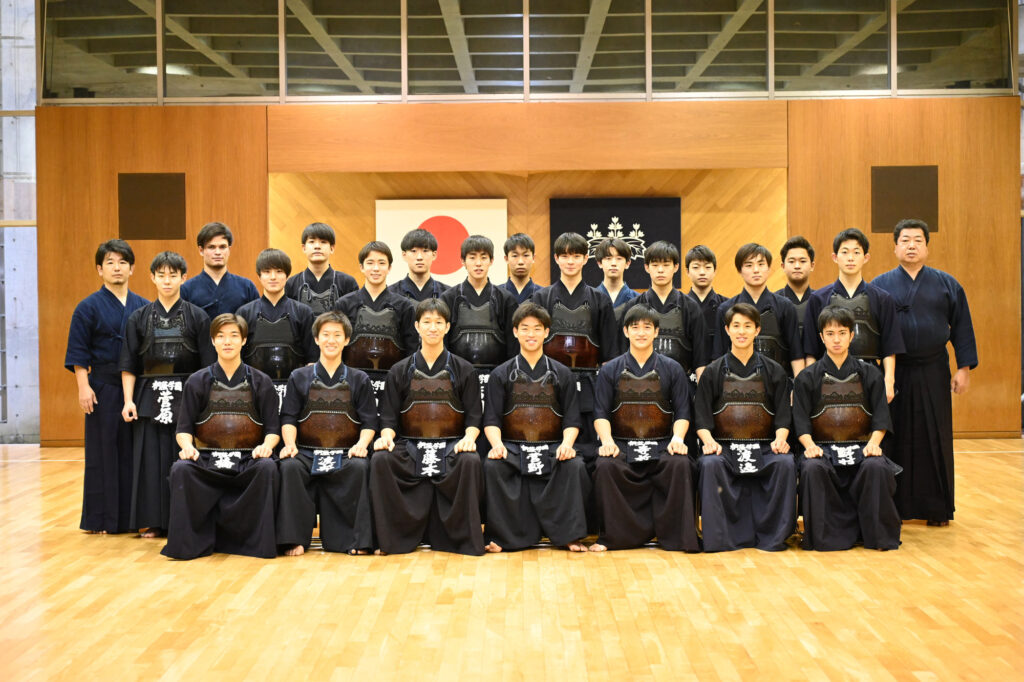
Won the All Japan Inter-High School Kendo Championship 3 times, All Japan Invitational High School Kendo Championship 3 times, Gyokuryuki High School Kendo Championship 1 time, Kaiseiki All Japan Kendo Championship 3 times.
Interview with coach Amagai Musashi
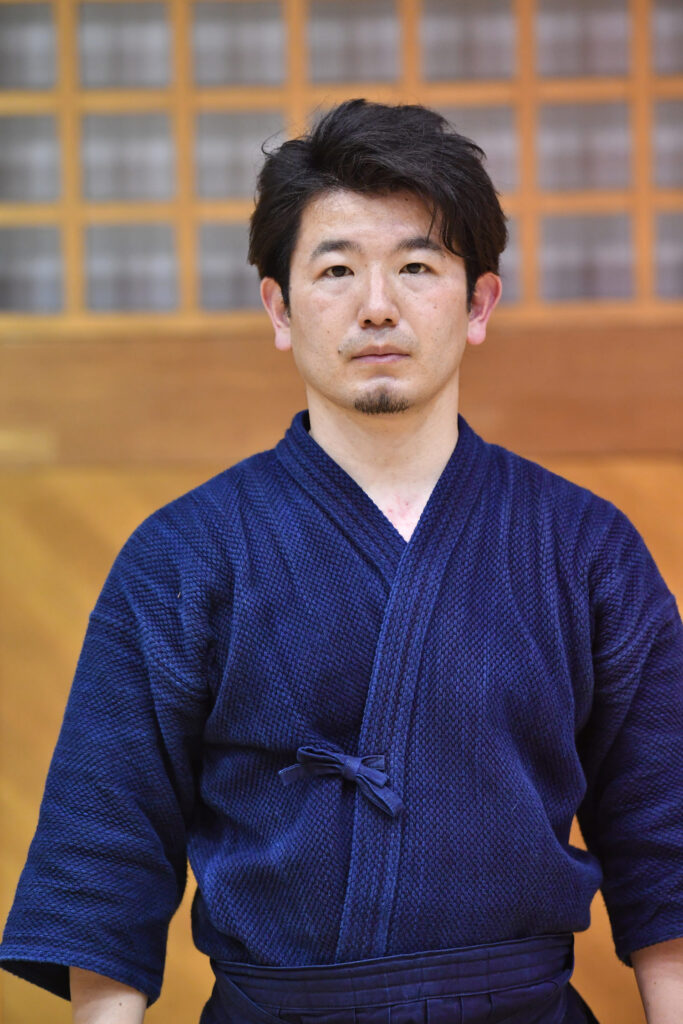
I believe that if you want to win in Kendo, there is no method set in stone. I believe that once a coach thinks that way, the players will stop growing. Even if you do similar things every day, it’s not really the same because the situations of the club members differ from day to day. It’s like craftsmanship in a way, so I think we have to respond to various changes even if we are repeating the same tasks.
In Keiko, I always tell the members, “Learn by being struck”. There is no growth in the pursuit of a mutual hitting game. If you continue to work on your own issues and areas of awareness every day, you will soon notice changes in yourself. This is important, but nowadays I feel that it is even more important to respond to changes in regular Keiko because we are not able to practice Shiai due to the COVID-19. If you have this focus, you will be able to observe your opponent better and sense your own movements better in competition. I believe that the team members experienced this in the All Japan Invitational High School Kendo Championship.
Another factor that I feel is necessary to win is the build-up from the disengagement from Tsubazeriai. The rules have been amended to limit the number of techniques that can be used when going into Tsubazeriai, but if you neglect your Tsubazeriai, you will be slow to make your first move after you separate. Therefore, in order to combat this, we have been practicing footwork and Hikiwaza at the time of contact. By doing this, we have been able to acquire strength faster, and I feel that we have been able to catch more opportunities.
Representative graduates
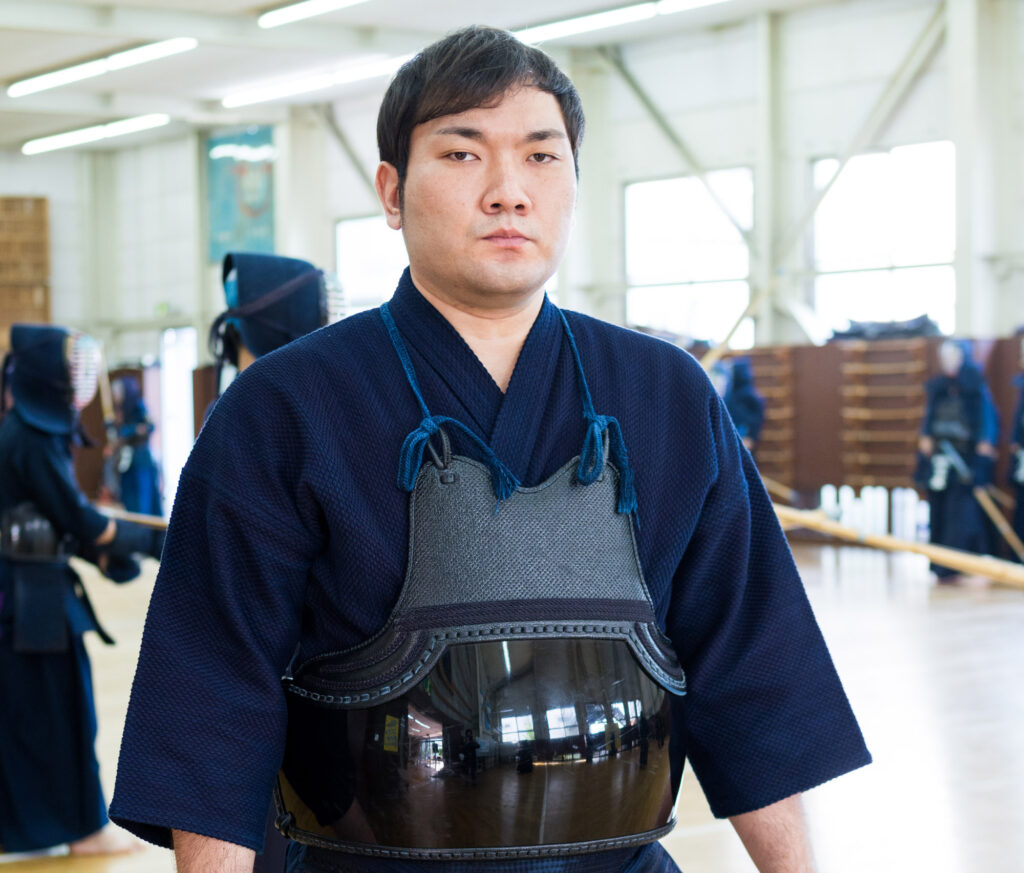
Murakami Raita (Teacher, Osaka University of Health and Sport Sciences)He has been active at the national level since he was a child, taking 2nd place in the All Japan Youth Training Tournament and 2nd place individually in the National Junior High School Kendo Championship. In senior high school, he placed third in the All Japan Invitational High School Kendo Championship. After graduating from high school, he went on to study at the University of Tsukuba and its graduate school, and now teaches at Osaka University of Health and Sport Sciences. He advanced to the finals of the 67th All Japan Kendo Championships. He is probably the teacher that came closest to becoming a national champion.
Rediscovering the love for Kendo
As we enter the year 2020, Japan is threatened by COVID-19 like the rest of the world. Amidst cries for the declaration of a state of emergency, many schools shifted their classes to remote areas. Of course, club activities had to be suspended as well. In high school Kendo, the All Japan Invitational High School Kendo Championship was canceled, followed by the Gyokuryuki High School Kendo Championship and All Japan Inter-High School Kendo Championship. Even before that, Keiko against other people was restricted, and the wearing of masks and mouth shields was required from the resumption of Keiko in June onward.
Coach Amagai explains:
“Our team last year had the potential to be one of the top teams nationwide, so when the tournament was canceled, the students were very disappointed. But I’m sure they understood that no matter how much they wanted to compete, they were not in a position to do so. That’s why we had a lot of online meetings to discuss how we should go about our regular Keiko and what we should aim for once we could return”.
At that time, the third-year students were aiming for a tournament in Okinawa in December which was to replace the All Japan Inter-High School Kendo Championship, while the first- and second-year students followed the lead of their seniors in support.
“When we first resumed Keiko, they had facemasks and swimming goggles on. But after 15 minutes in Keiko, they were out of breath. It must have been a very tough environment for the students, but I could see that they were happy to be able to do Keiko. I’ll never forget the look on their faces”.
At the replacement tournament in Okinawa, the third-year students finished second. At the same time, the new team was being developed, and coach Amagai used to tell the first and second year students that they weren’t ready. However, with the help of the third-year students, the team gradually built up its strength and was ready for the qualifying rounds for the All Japan Invitational High School Kendo Championship.
They lost to Yokohama High School in the finals and placed second. The team members were very disappointed with the result, but coach Amagai immediately told them:
“Even though we finished second, we earned a spot to compete on the national level. Let’s keep doing Keiko and win the All Japan Invitational High School Kendo Championship”.
Rather than being ashamed of losing, they had to admit that their strength at that point was only good enough for second place. If they could do that, they would be able to set the mindset for the coming Keiko.
“This loss has changed the mindset of each individual team member. In that sense, I think it was a worthwhile loss”.
Growth from defeat
The rest of this article is only available for Kendo Jidai International subscribers!

